Sign up for workout ideas, training advice, reviews of the latest gear and more.
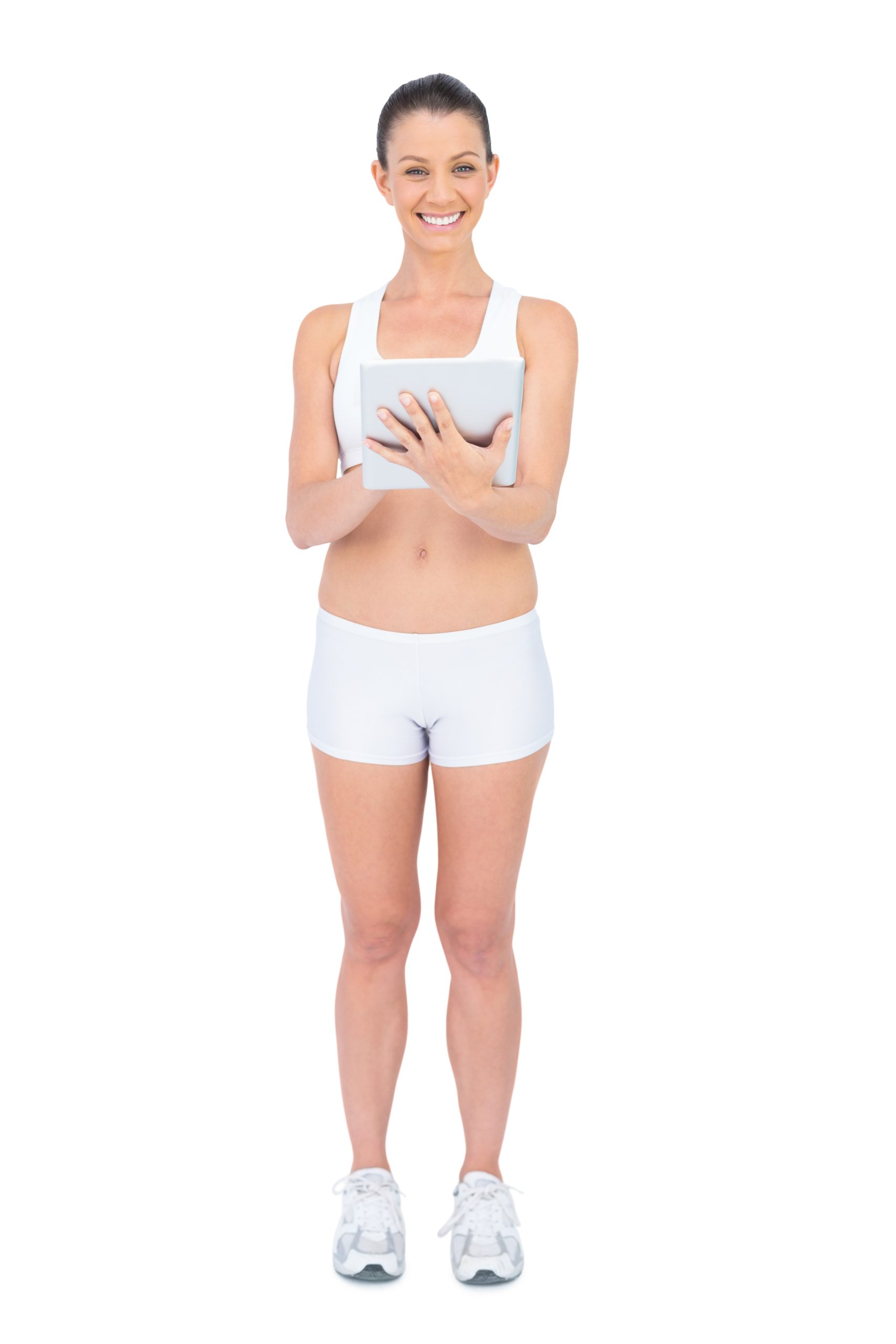
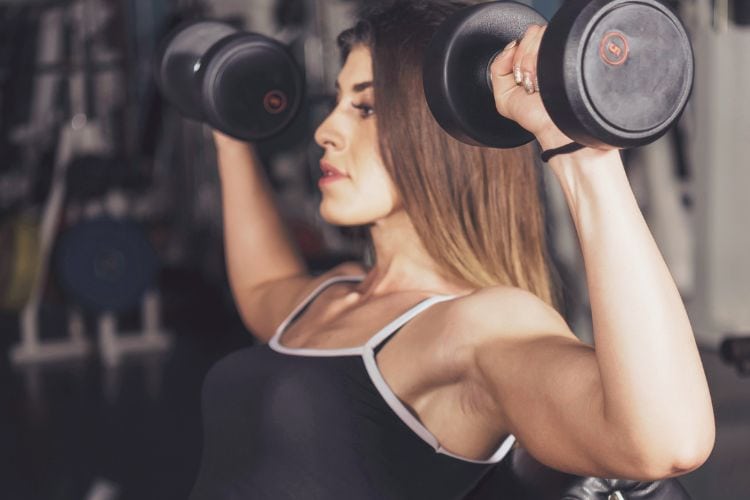
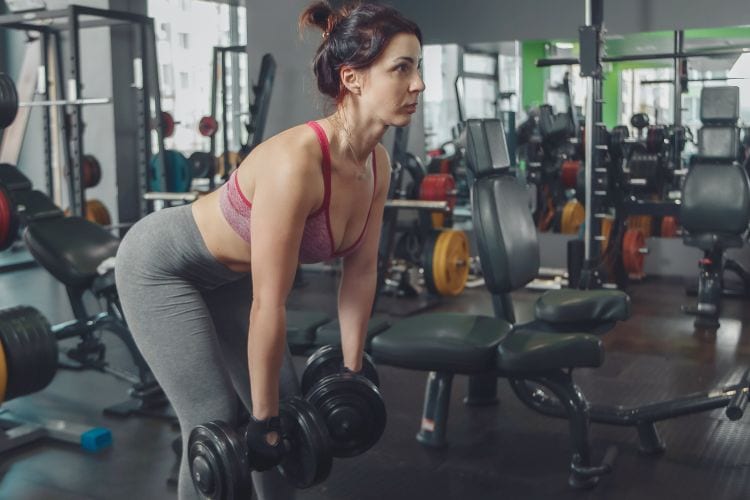
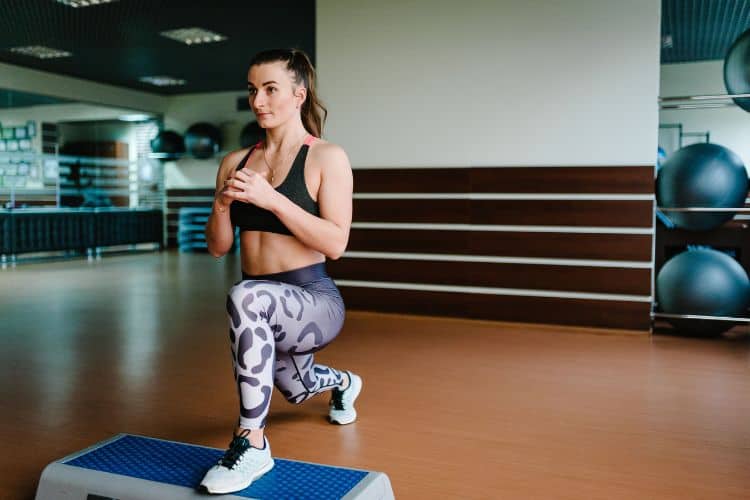
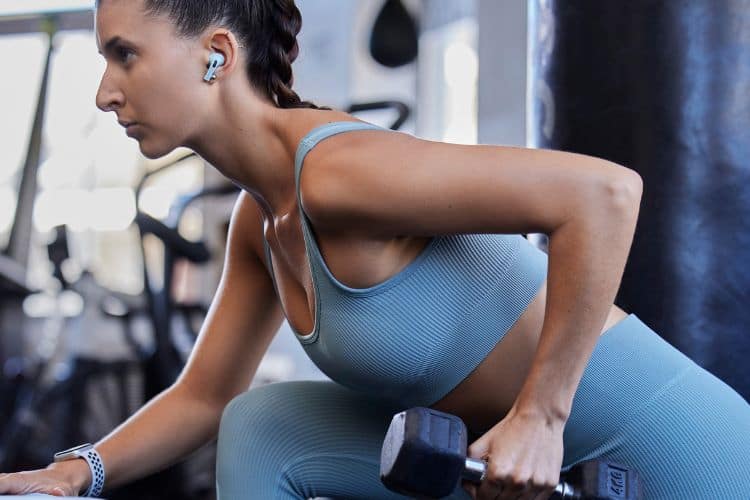
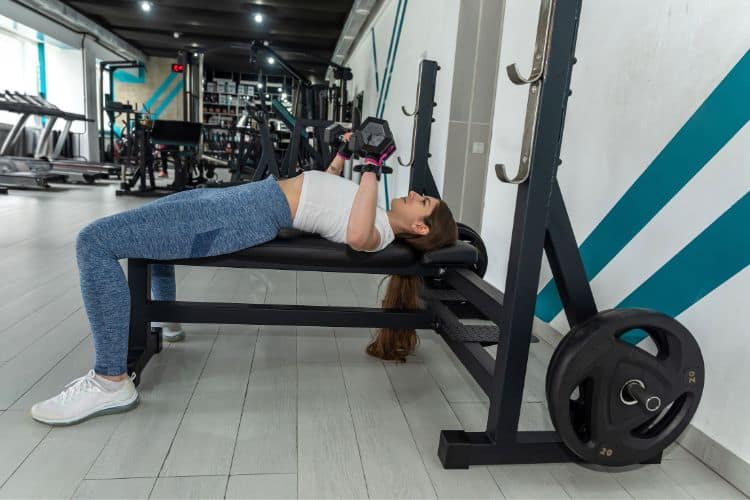
Strength training is no longer reserved for men chasing heavy lifts. Women across all fitness levels are embracing resistance training to build strength, confidence, and healthier bodies. Among the most effective upper-body exercises is the dumbbell chest press, a versatile move that tones the chest, shoulders, and arms while improving posture and stability.
This guide covers everything you need to know about the dumbbell chest press—from variations and proper form to key benefits and practical workout tips designed for women.
Many women gravitate toward lower-body training but neglect their upper body. Chest workouts, however, are crucial for balance, strength, and aesthetics.
Strengthening the chest muscles counters the forward shoulder roll caused by long hours at desks or holding children. A stronger chest supports an upright posture, which projects confidence.
The dumbbell chest press strengthens the pectorals, shoulders, and triceps, making everyday tasks—like lifting groceries, carrying a baby, or pushing heavy objects—much easier.
Toned chest muscles add definition to the upper body, enhancing the shape of the bust line without creating a bulky look.
The dumbbell chest press is a horizontal push movement performed lying on a bench, mat, or stability ball. Unlike the barbell bench press, using dumbbells requires greater stabilization, engaging more supporting muscles.
Pressing movements mimic daily life activities like pushing open doors or carrying loads, making the exercise functional and practical.
By isolating and targeting the chest muscles, the dumbbell chest press sculpts the upper body and creates lean muscle definition.
Each arm works independently, reducing muscle imbalances often overlooked with barbells or machines.
Strength training increases calorie expenditure during and after workouts. Building lean muscle helps boost metabolism, supporting fat loss goals.
Mastering dumbbell chest presses empowers women to step into the weight room with confidence, breaking the myth that lifting heavy is only for men.
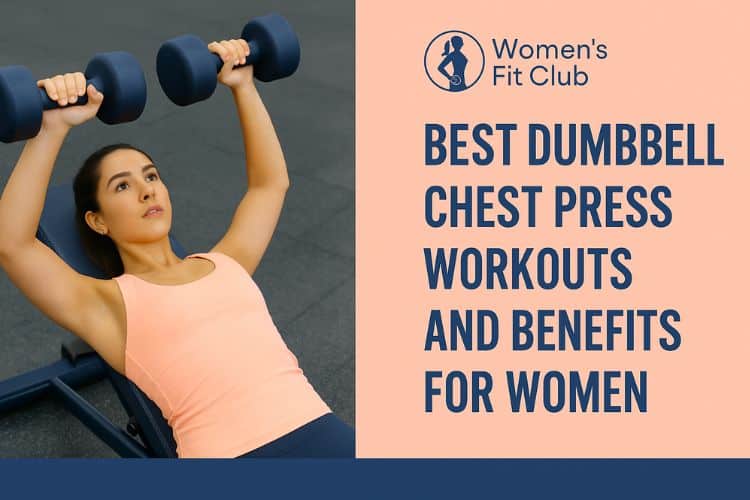
The standard version performed on a flat bench. Perfect for overall chest development.
Bench set at 30–45 degrees. This variation emphasizes the upper chest and shoulders, helping create a lifted appearance.
Bench set at a downward angle. This targets the lower chest for balanced development.
Done lying on the floor, limiting the range of motion. Great for beginners or those with shoulder concerns.
Press one arm at a time, enhancing core activation and coordination.
Although not a press, pairing flyes with presses maximizes chest engagement by stretching and contracting muscles differently.
Start with lighter dumbbells (8–15 lbs) and gradually increase as strength improves.
Proper technique ensures safety and maximizes results. Always prioritize controlled movements.
Incorporate dynamic stretches or light cardio to prepare muscles and joints.
Aim for 2–3 sessions per week, gradually increasing weight or reps to apply progressive overload.
Pair chest exercises with back workouts (like rows) to maintain muscular balance and prevent postural issues.
Q: Will chest presses make my chest smaller or bigger?
A: Chest presses build muscle underneath, enhancing shape and firmness, but they do not reduce breast size directly.
Q: Can beginners do dumbbell chest presses at home?
A: Yes! A mat or stability ball and a pair of dumbbells are enough to start.
Q: How heavy should I lift?
A: Choose a weight that challenges you by the last 2 reps while maintaining good form.
Q: How often should I do chest presses?
A: Two to three times a week is ideal, with at least 48 hours between chest sessions for recovery.
The dumbbell chest press is a powerhouse exercise for women, combining strength, aesthetics, and functionality. Whether you’re a beginner learning proper form or an experienced lifter progressing to advanced variations, this move should be a staple in your training plan.
By incorporating chest press variations, focusing on form, and steadily increasing resistance, women can achieve toned arms, defined chest muscles, and improved posture—benefits that extend beyond the gym into everyday life.
Want more workout and video guide?
Follow us on Pinterest, Facebook, and Subscribe to our Newsletter and Stay tuned for FREE downloads of our App coming soon!
Stay up to date on the latest women’s health, fitness and lifestyle trends and tips.